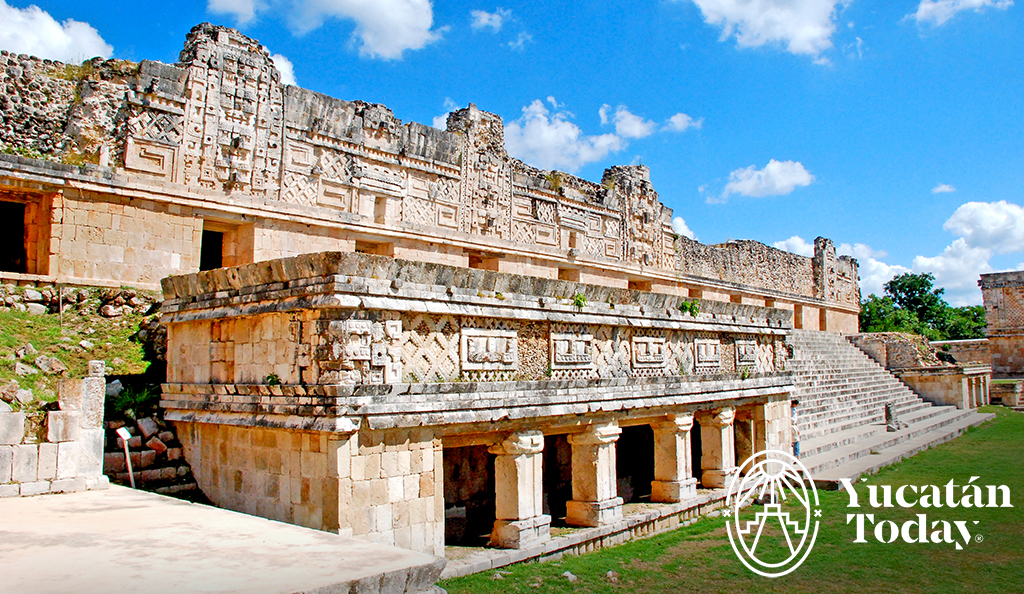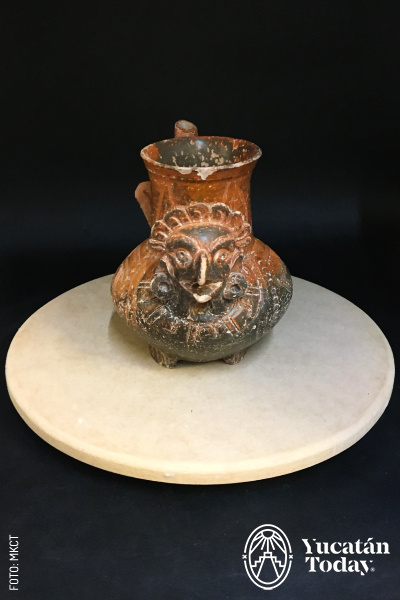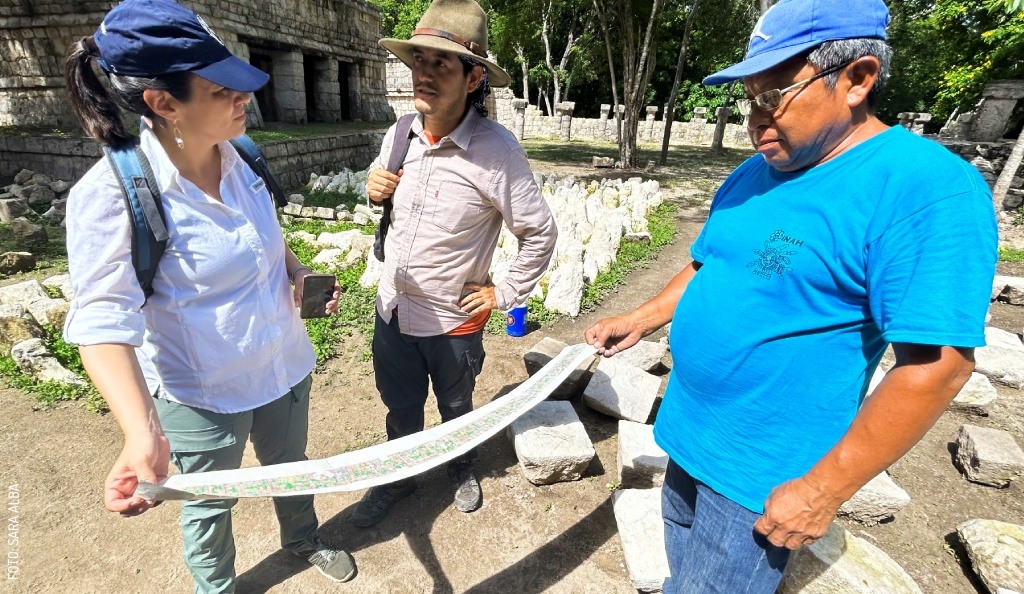
Restoration and Conservation: The 'Invisible' Side of Archaeology
Restoration and Conservation: The 'Invisible' Side of Archaeology. The Work of an Archaeological Restorer: Discovery and Conservation.
Every piece of art, whether it's a painting, a building, or any other object, tells a story of its time, place, and the events around it. Pre-Hispanic art, still being uncovered through archaeological excavations, is no exception. Every day, archaeologists, anthropologists, conservators, restorers, biologists, chemists, physicists, surveyors, architects, photographers, specialized masons, entire indigenous communities, and many other people work together to reconstruct, restore, conserve, and disseminate this heritage that rightfully belongs to us all and helps us understand our past. That's how multidisciplinary the world behind what we can see and not see when we visit an archaeological site is.
What happens when there's a discovery at an archaeological site?
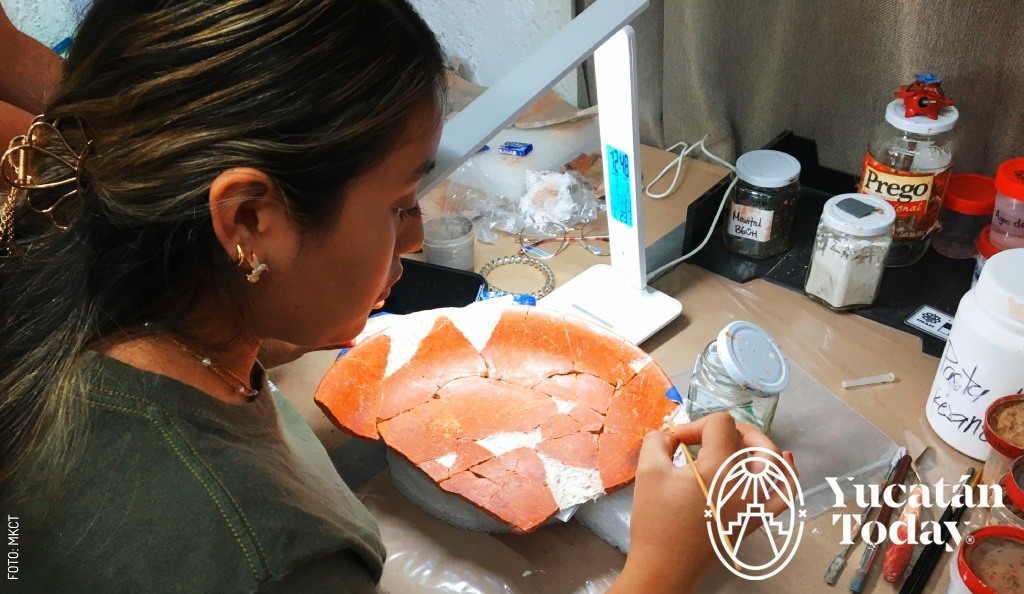
In every archaeological dig, you'll usually find a conservator on site. When it comes to stone, ceramic, and unpigmented goods, it’s the archaeologists themselves who handle their extraction, inspection, salvage, and registration, as well as their transportation to the lab. But when delicate elements like stuccos, plasters, and polychromies (that is, color pigments) are involved, that's where conservators step in to prevent any further damage. Though it may seem incredible, the place where the objects are buried often acts as a conservation chamber. There, different materials have reached stability of pH, temperature, and even humidity; if they were extracted without consideration, they would deteriorate within seconds. This happens, for example, in the case of colorful artifacts, which can start losing their hues when exposed to air. Plus, the Yucatán Peninsula, home to the Maya civilization, has extreme environmental conditions that don't help: the extreme heat and humidity here can speed up the decay process by a whopping 300 times!
You might know that inside archaeological sites like Chichén Itzá, there are chambers closed to the public, with sculptures and paintings of unique beauty that we can only see in photographs. But now you'll understand a bit why these areas are restricted. Imagine thousands of visitors entering and exiting these spaces daily: the ambient humidity, in addition to the different pH levels of their sweat and breath, and even the bacteria we carry around could seriously harm these delicate artworks. We're talking about losing those vibrant greens, yellows, blacks, reds, and the famous shades of Maya blue.
But don't lose heart! Soon enough, new technologies will let us explore these areas virtually. We're on the brink of being able to “step” inside the hidden chambers of the Castillo and marvel at its pristine white plasters with embedded femurs. We'll also have the chance to admire the Chac Mool and Jaguar sculptures in full color, complete with their shells and obsidians. Plus, we'll gain insights into the cosmic significance behind the appointment of a new lord of Chichén Itzá during the Ball Game.
How the Maya worked materials
For Claudia Ocampo, a restorer from the National Institute of Anthropology and History, Chichén Itzá is like a treasure trove of ancient techniques and materials. Even back in pre-Hispanic times, specialists were dedicated to selecting and obtaining raw materials. There's no better way to describe it than as Claudia Mei Chong, restorer of the Chichén Itzá Project, did: pure applied science! This speaks of the technology, time, and dedication that Maya artisans poured into their work. The materials obtained and used in walls, carvings, and reliefs, as well as pictorial qualities such as fresco or faux fresco, the creation and use of colors according to their composition, show us a little-known side of Maya culture.
To sculpt and carve stone, for example, they didn't use metal; they used tools made of jade, obsidian, quartz, and stone, some of which had to be imported from central México. How did they extract them from the ground and cut them? They used stones to “draw” lines on the limestone slab (which is pretty common in the Península) and struck certain parts; the sound of this percussion gave them an indication of where to insert wooden wedges that, when moistened, expanded, creating a crack that followed the previously marked line.
Archaeology and restoration in the lives of today's Maya
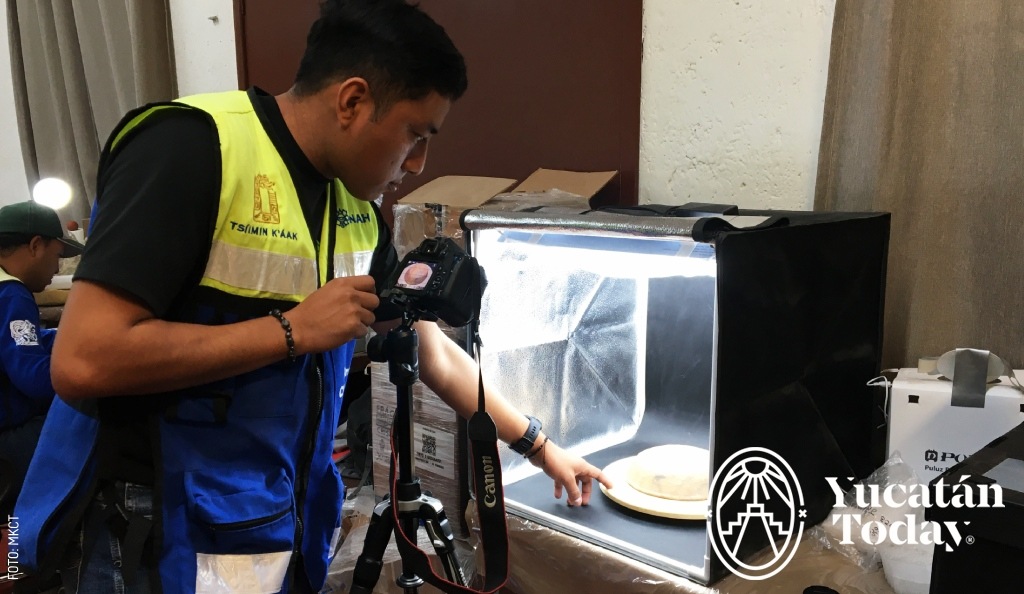
For a long time, archaeology used to be seen as the keeper of everything related to the past. Today, that paradigm is changing; archaeologists are teaming up with indigenous communities near archaeological sites, getting them involved in the preservation process so that these communities also preserve culturally. Thus, enrichment goes in two ways, as these communities still hold valuable knowledge about the traditional building techniques used by their ancestors, like the Bajareque houses, Albarradas, and limestone finishes you can see in Yucatán. Plus, by teaching them how to use modern lime mortars for restoration and conservation, they're becoming skilled masons in their own right.
Yucatán is lucky to have so many tangible pieces of history still around, and we owe a big thank you to the dedicated guardians who carefully study and analyze them. Their meticulous work helps us understand not only how these structures were built but also their fascinating life stories.
So, the next time you visit any archaeological site in Yucatán, consider that what you're seeing is not only the work of the pre-Hispanic Maya civilization; it's also the work of countless Mexicans specialized in many other disciplines, who continue to preserve and share the greatness of a civilization. Make sure to take the necessary time to appreciate these details; be respectful, don't touch, don't climb, and don't take anything: we are only a moment in the life of these monuments.
We thank Rest. Claudia Ocampo Flores, Coordinator of the Conservation Section of INAH, and Rest. Claudia Mei Chong, restorer of the Chichén Itzá Project. Their generous contribution of time and invaluable knowledge was absolutely essential in bringing this article to life.
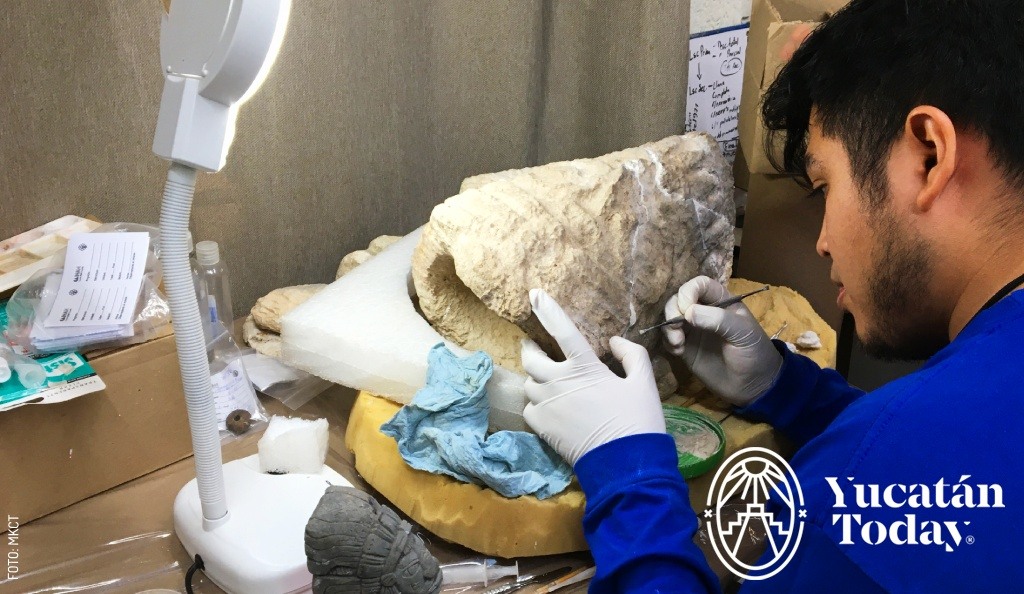
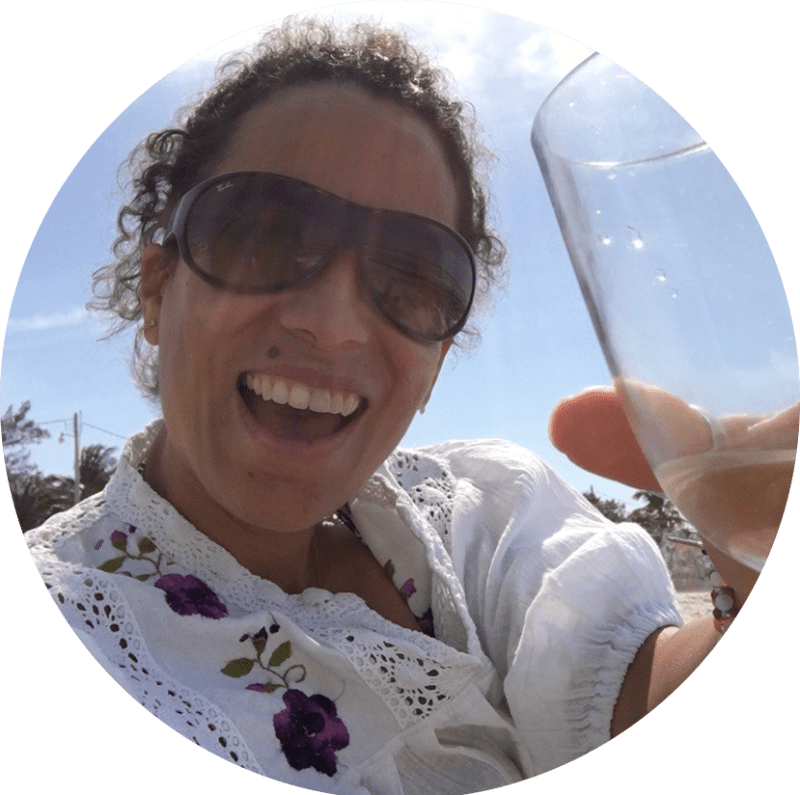
Author: Magali Ramírez D.
Graphic Communicator. Food lover. Inveterate adventurer. Athlete by conviction and extreme out of restlessness. I discover, I get surprised and I learn through the life stories that we all have to tell.
In love with Yucatán? Get the best of Yucatán Today delivered to your inbox.
Related articles
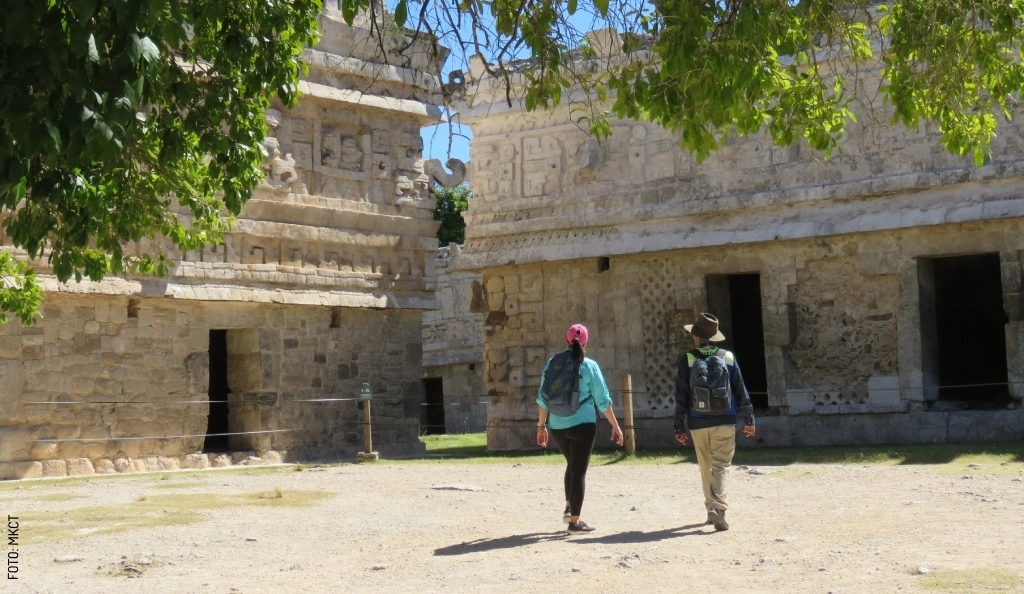
Chichén Itzá, 15 Centuries of Evolution
Discover all you need to know about Chichén Itzá through the eyes of archaeologists who diligently work in this archaeological zone.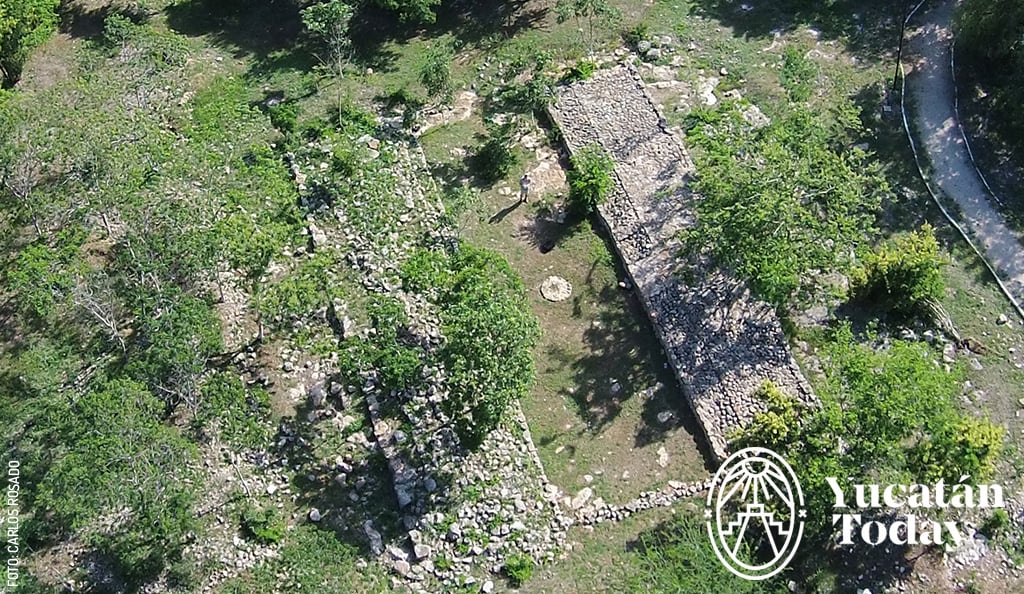
Underneath the Surface: Urban Archaeology in Mérida
Discover the Mayan secrets of Mérida, built upon the ancient city of T'hó. Explore vestiges in churches, parks, and a millenary ball court.